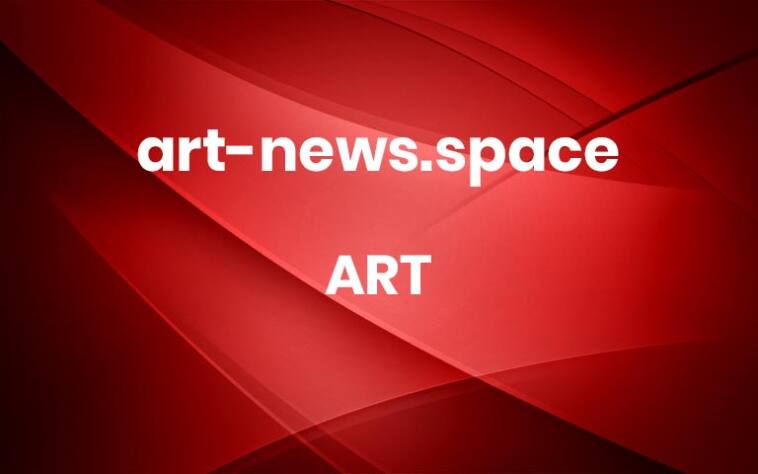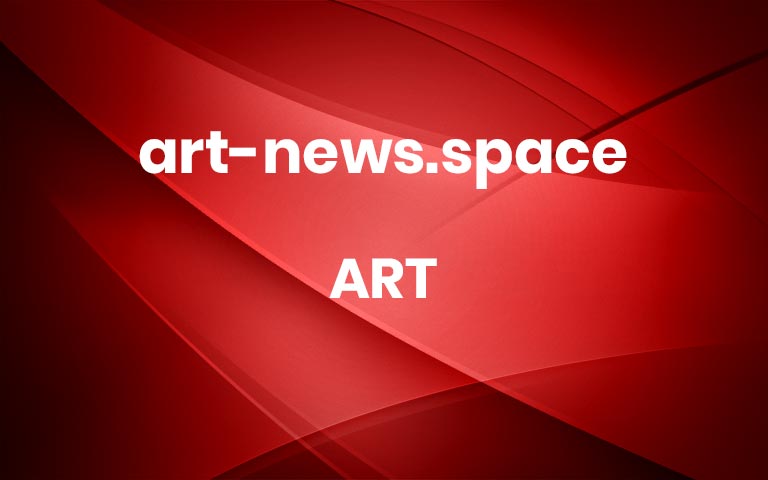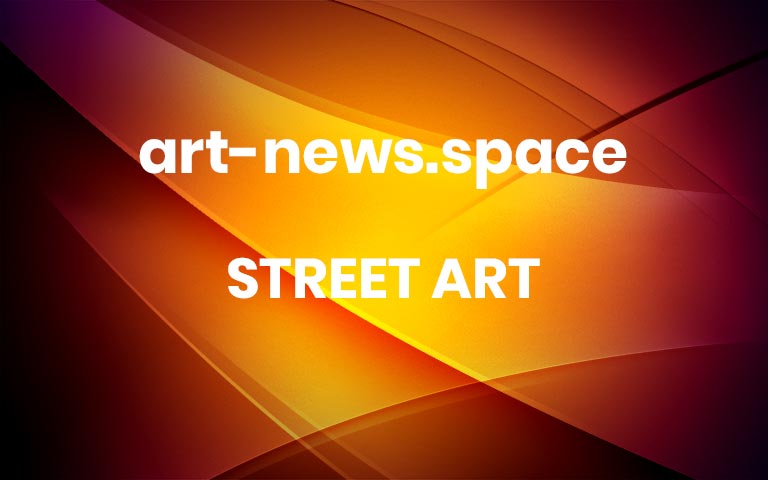Hari & Deepti Conjure Magical Narratives with Illuminated Paper Sculptures
The husband-and-wife duo continue their exploration into the possibilities of paper and light.
Do stories and artists like this matter to you? Become a Colossal Member today and support independent arts publishing for as little as $7 per month. The article Hari & Deepti Conjure Magical Narratives with Illuminated Paper Sculptures appeared first on Colossal. More




